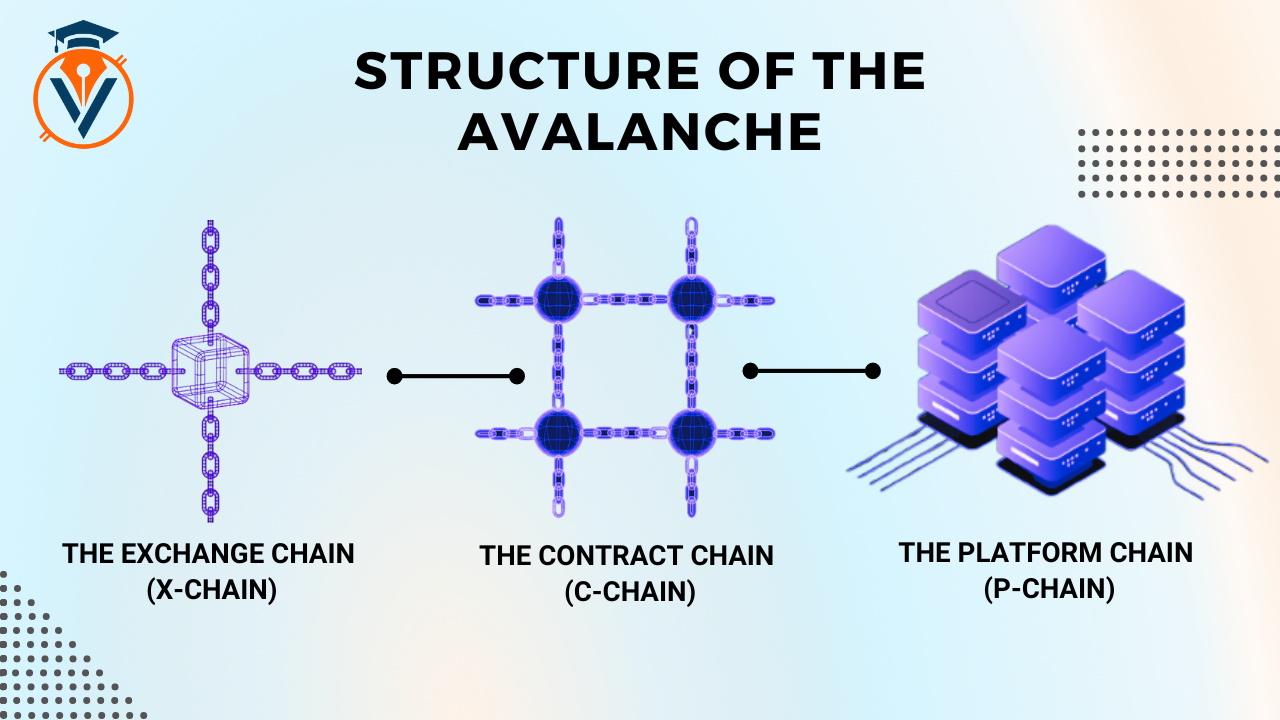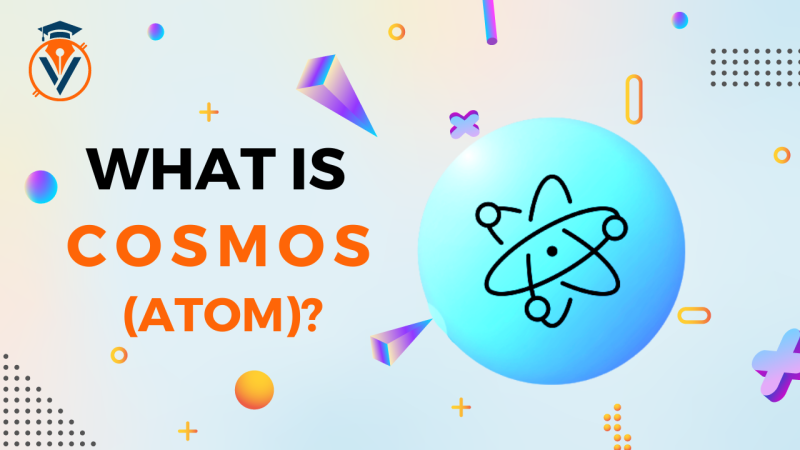Ethereum is the ancestor of all decentralized applications, and its coin is second in price only to bitcoin. And it is not surprising that over time new blockchains will appear that will try to bypass Ethereum, today we will analyze one of these.
And this is Avalanche! This is another first-level blockchain that wants to challenge Ethereum. In the article, we will tell you what this blockchain is, as well as analyze its AVAX coin in more detail and highlight the prospects for the development of the token.
What is Avalanche?
Avalanche is a first-level blockchain created to solve the blockchain trilemma. The blockchain trilemma is the main obstacle preventing the mass adoption of cryptocurrencies around the world. According to the project's website, Avalanche is "an incredibly fast, inexpensive and eco-friendly cryptocurrency."
Like Ethereum, Avalanche is an open programmable platform for smart contracts that allows you to create decentralized applications. Avalanche users can run both private and public customizable blockchains. In addition, the Avalanche blockchain is characterized by low fees and high performance. Commissions in the Avalanche blockchain are paid using the AVAX platform token.
Already today, with the help of this ecosystem, developers can inexpensively and quickly create their own decentralized applications (dApps), non-interchangeable tokens (NFT), AMM protocols (automatic market makers that determine the value of an asset based on a mathematical formula).
The programming language is Solidity, native AVAX token (cryptocurrency), Showman consensus protocol, smart contracts, Proof-of-Stake consensus algorithm (it is energy efficient).
Creation of the project
The founder of Avalanche was a Turkish-American programmer, professor at Cornell University, one of the creators of the Bitcoin NG protocol Emin Gün Sirer. He currently holds the post of CEO of the project.
To work on the project, Emin Gün Sirer created the Ava Labs organization. Within the company, he, together with programmers Kevin Sekniki and Maofang Yin, laid the foundations of the platform. In particular, the developers presented the concept of the future project to the public in 2018. The team entrusted the supervision of the startup development to the non-profit organization Avalanche Foundation.
Already in September 2020, the crypto industry was replenished with a new player - Avalanche. The genesis block of this project was implemented at the end of September 2020. The period of high quotations of the AVAX cryptocurrency has begun. 72 million tokens were sold out in 4.5 hours. The developers received $42 million. These funds were distributed among the funds for the further development of the project.
It looked like a fraudulent scheme. But in order to gain the trust of investors, Emin signed an agreement with the reputable company Deloitte. This course of events changed the opinion regarding the new project.
In 2022, the size of the Ava Labs staff increased to 200 people. The project has already proven itself in the blockchain industry. In the short period of Avalanche's existence, developers from all over the world have managed to create more than 400 decentralized applications that have become successful.
Structure of the Avalanche
There are three blockchains in the Avalanche ecosystem - X, P, C. Each of them has its own mechanism for achieving consensus and individual tasks. The distribution of functions between these blockchains allows maintaining a high level of dynamism of the entire ecosystem.

X-Chain
Creates digital assets and organizes their exchange. Consensus is achieved through the Avalanche algorithm, which has high throughput and energy efficiency. Consensus is reached between nodes in several rounds.
C-Chain
Creates and promotes smart contracts (the basis of decentralized applications, non-interchangeable tokens, decentralized financial services).
P-Chain
Creates open and closed blockchains. An improved Showman mechanism is used to achieve consensus.
After the launch of the main network in 2020, Avalanche worked on creating its own ecosystem of dApps and DeFi. Various Ethereum-based projects, such as SushiSwap and TrueUSD, are integrated with Avalanche.
In addition, the platform is constantly working to improve the interaction between its own ecosystem and Ethereum, for example, by developing bridges.
What is AVAX?
AVAX is a token of the Avalanche platform. It is used to pay transaction fees, protect the Avalanche network, and many other tasks. It has a limited issue of 720 million.
AVAX is one of the largest cryptocurrencies by market capitalization. Due to the fact that Avalanche is one of the most capitalized cryptocurrencies, the coin can be purchased on most popular crypto exchanges. AVAX is traded in pairs with other cryptocurrencies, stablecoins and traditional money.
What problems does Avalanche solve?
1. Scalability and decentralization
The growing number of users inevitably leads to delays in transactions. As a result, the simplest solution to the problem is to reduce the number of people checking network activity. However, this approach leads to the centralization of the system. The Avalanche project proposes to divide a single blockchain into several, which will eventually make it possible to maintain decentralization and increase speed.
2. High commissions
Developed blockchains, such as Ethereum, charge large fees from their users due to the increased load on the system. Avalanche may become an alternative solution, which as a result will reduce the costs of conducting transactions and smart contracts.
3. Compatibility
Each team working with cryptocurrencies has a number of needs that cannot be met by using large networks. Avalanche offers a compromise in the form of a customizable blockchain and subnets that can be adapted to the needs of participants.
Conclusion
Ava Labs is taking many right steps to ensure the development of the Avalanche blockchain. Thanks to significant grants for Avalanche developers, successful marketing and mutually beneficial partnerships, the future of Avalanche looks bright. However, only time will tell if Avalanche can truly surpass Ethereum.


